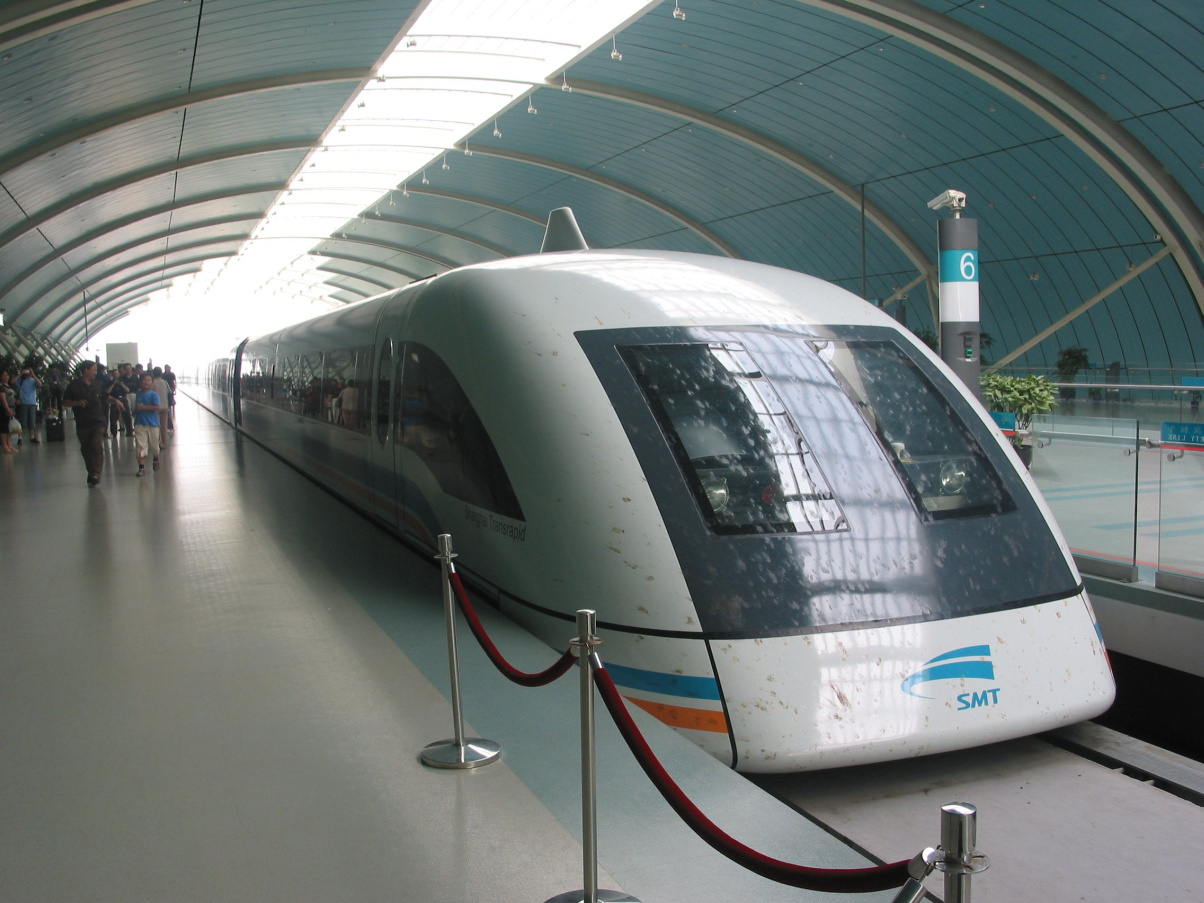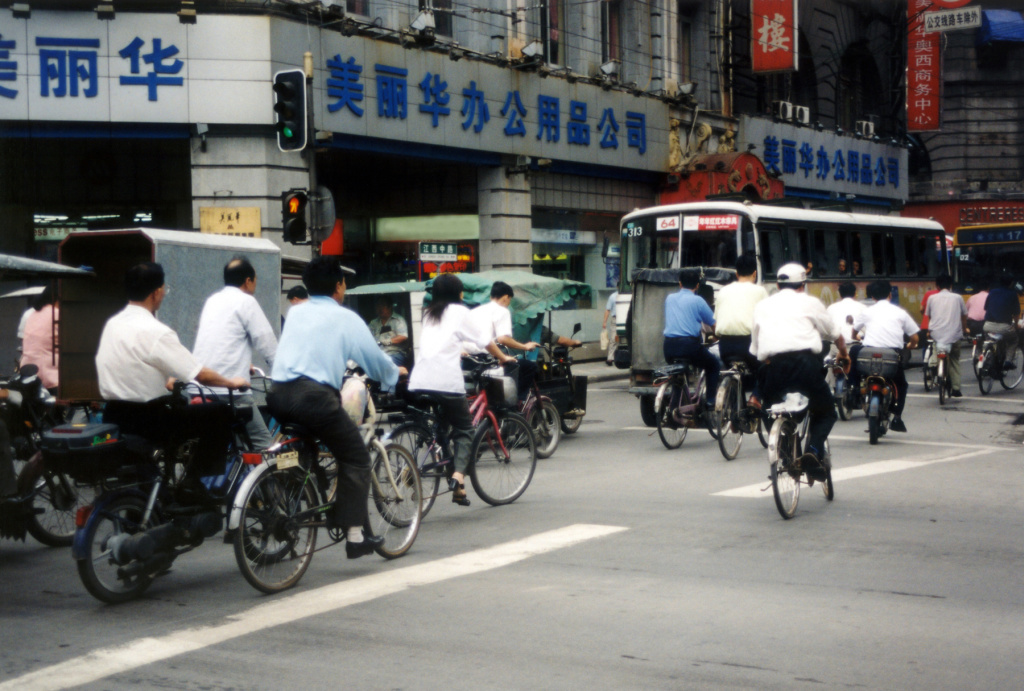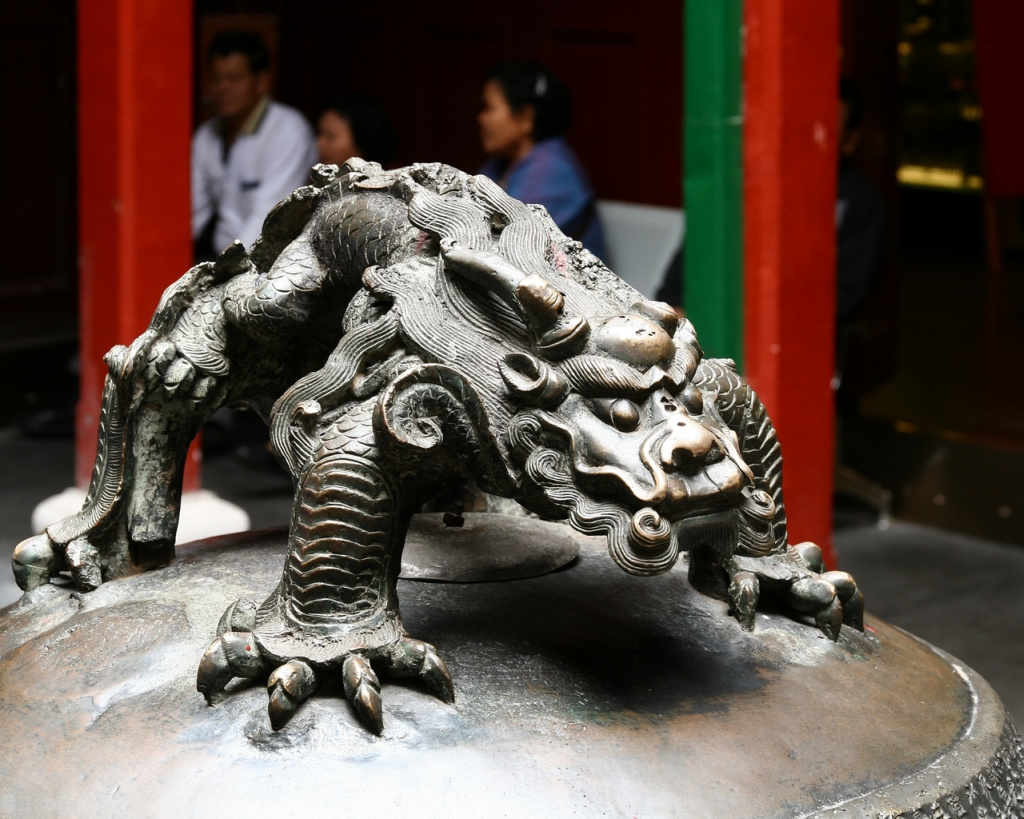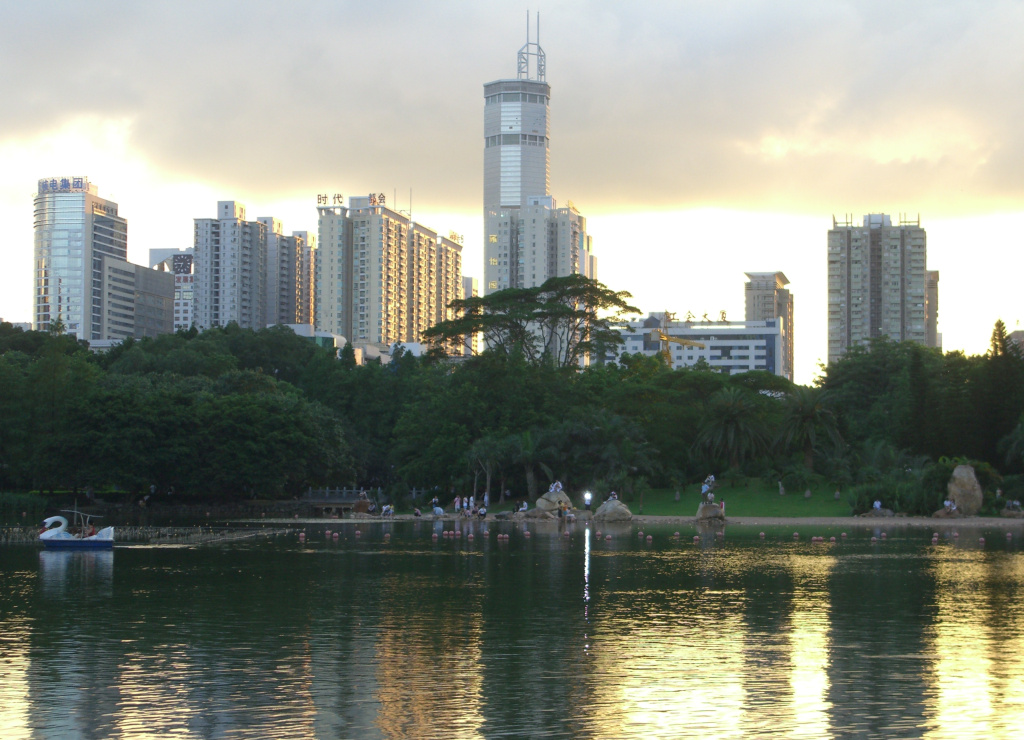During the Neolithic Period, it is believed that today’s Shanghai west area has been in existence with people living by fishing, farming, hunting and grazing. The east of Shanghai, however, had also been formed having the majority of its dwellers primarily survived by fishing.
Then, came the Ancient History, characterized by existence of Qin Dynasty, where people used boats as major transportation in trading; Han Dynasty, metal-smelting, coin-casting and production of salt became a growing business until the Jin Dynasty. Shanghai experienced fast progress during the Sui and Tang Dynasties focusing more on the economical and cultural exchanges.
The Northern Song Dynasty has exhibited its reign with excellent shipping and port conditions and soon residential areas are formed, converting the fishing village to a small town. By 1267, Shanghai was officially established as a town under the Southern Song Dynasty. This gave way to a more prosperous Shanghai where merchants assembled in the port for trading.
Shanghai had been even popular with the Ming Dynasty. Restaurants and shops swarm the place as textile made in the Country became popular locally and abroad. As shipping becomes a big factor in the economy, the Customs Office was created in Shanghai handling major import and export of cotton. The town has then gained economic power and became an international port and water transport center.
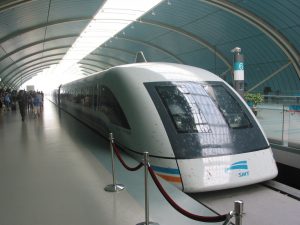 In 1843, after the British Army has penetrated Shanghai, it has opened a treaty port, creating wider connection for other countries to bank, ship and conduct other businesses to several fields like pharmacy, public utilities and even architecture. The Communist Party of China held its First National Congress in July of 1912. After this, in 1925, Shanghai was renamed to Songhu city, yet in 1927, became directly under the Republic of China’s Executive Government becoming ‘Shanghai City.’
In 1843, after the British Army has penetrated Shanghai, it has opened a treaty port, creating wider connection for other countries to bank, ship and conduct other businesses to several fields like pharmacy, public utilities and even architecture. The Communist Party of China held its First National Congress in July of 1912. After this, in 1925, Shanghai was renamed to Songhu city, yet in 1927, became directly under the Republic of China’s Executive Government becoming ‘Shanghai City.’
It was one of China’s most prosperous eras. Shanghai has been an important hub for the new industry of China – growing number of enterprises, and factories equipped with systematic management and advanced techniques. Major products include silk, tea, porcelain and even opium. During the 30s, Shanghai has been Asia’s most modern city. Yet with a large number of whorehouses and opium dens topped with no paper requirement, Shanghai became an unusual port of call.
However, during World War II, the city has suffered a lot – declining economy experiencing severe inflation and lack of materials and daily necessities. Japanese has controlled Shanghai until their defeat in 1945.
